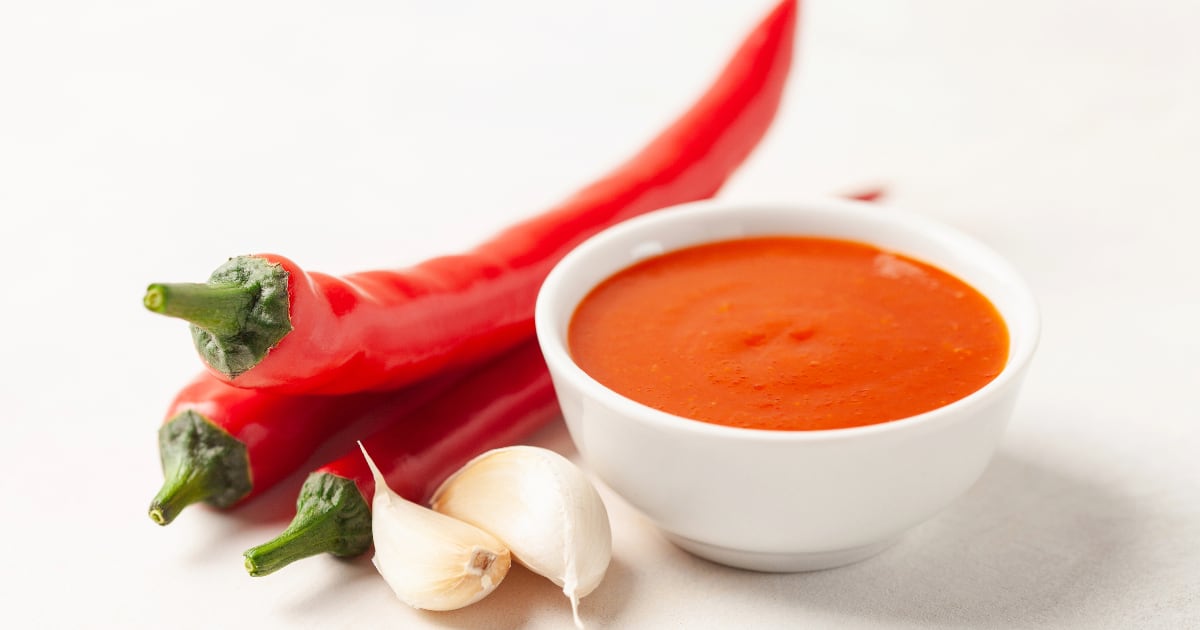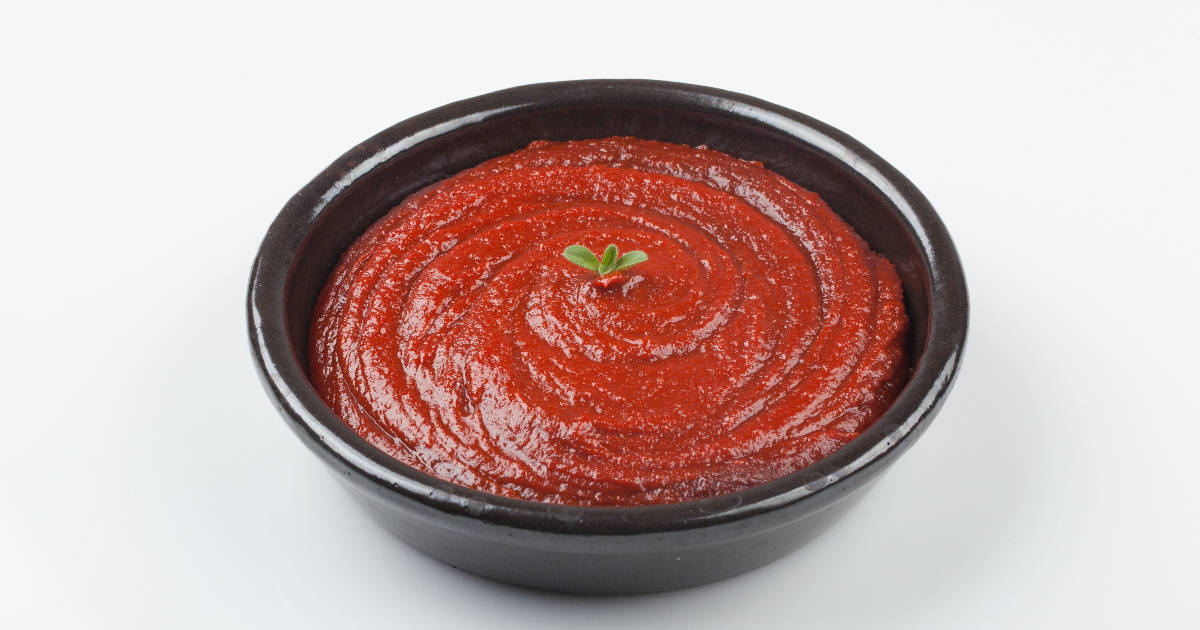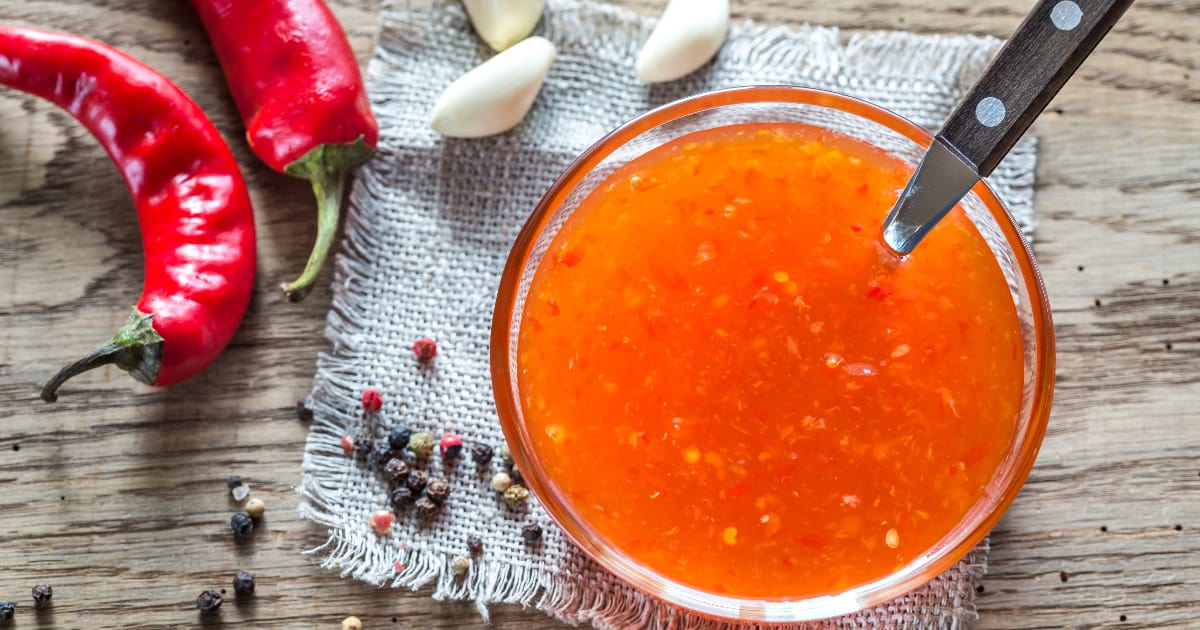Gochujang and Sriracha have taken the condiment world by storm. These two iconic Asian hot sauces may look similar on the surface, but they have distinct differences.

Gochujang comes from Korea, while sriracha originated in Thailand. Both deliver a spicy punch along with complex, umami depth. However, gochujang has a deeper, richer flavor profile compared to sriracha's brighter, more straightforward taste.
Understanding the unique ingredients and production methods of these sauces provides insight into their differing flavor profiles. Examining how they are used in Asian cuisines also reveals their contrasting roles.
While gochujang and sriracha are not interchangeable, both can add an addictive spike of heat and savory sweetness to dishes. When you run out of one, the other can often make a decent substitute in a pinch.
Let's take a deep dive into gochujang versus sriracha to understand the key distinctions between these beloved condiments.
Gochujang: The Soul of Korean Cuisine

In Korean, “gochujang” literally means “chili paste.” This thick, sticky, deep red condiment is a staple ingredient in Korean cooking.
Gochujang’s unique sweet, salty, and spicy flavor comes from its traditional ingredients:
- Korean red chili powder (gochugaru)
- Glutinous rice powder
- Fermented soybean powder (meju)
- Salt
- Sweeteners like rice syrup
The rice and soybeans are slowly fermented, often for years, in traditional earthenware pots called jangdok. This long fermentation cultivates enzymes that develop gochujang’s characteristic sweet, umami-rich taste.
While traditional homemade gochujang uses just a few ingredients, most commercial varieties contain other elements like flour, corn syrup, and alcohol.
Gochujang’s complex flavor profile reflects its role in Korean cuisine. It is not used as a standalone condiment. Instead, it forms the base for many Korean dishes, marinades, dipping sauces, and stews.
A touch of gochujang can transform something as simple as scrambled eggs. Its deep, rounded flavors balance and meld with other ingredients, adding addictive savory sweetness and a mild, building heat.
Sriracha: Thailand’s Famous Rooster Sauce

In contrast to gochujang’s earthy complexity, sriracha delivers a brighter, more straightforward chili flavor.
Originally from Si Racha, Thailand, sriracha’s ingredients usually include:
- Chili peppers
- Vinegar
- Garlic
- Sugar
- Salt
Unlike gochujang, sriracha is not fermented. The chili peppers and garlic are finely ground together with vinegar and sugar to form a smooth, pourable sauce.
The vinegar adds a bright tanginess, while the garlic provides a sharper, more upfront flavor compared to gochujang. The sugar balances out the heat.
Sriracha makes an addictively tasty table condiment. Its simpler flavor profile allows it to complement dishes without overpowering them. A squirt of rooster sauce can spice up everything from pho to pizza.
Sriracha’s versatility and gentler heat have fueled its popularity worldwide. While it originated in Thailand, the famous Huy Fong Foods sriracha was created by a Chinese immigrant in California.
Flavor Face-Off: Gochujang vs. Sriracha
Here is a quick breakdown of the main flavor differences between gochujang and sriracha:
Gochujang
- Deeper, richer umami flavor from fermented soybeans
- Milder heat that builds slowly
- Thicker, stickier texture
- Earthy, musky aroma
- Slightly sweet, smoky background notes
Sriracha
- Brighter, sharper chili taste
- More upfront garlic flavor
- Hotter initial bite
- Thinner, more pourable consistency
- Tangy vinegar punch
- Higher sugar content
While gochujang and sriracha have similar Scoville ratings, around 1000-2500 units, sriracha’s heat tends to strike faster. Gochujang’s chili heat builds slowly after its initial salty, sweet burst.
Gochujang also has a much thicker, almost paste-like texture compared to sriracha’s pourable viscosity. Its sticky texture clings to food, providing layered flavor in every bite.
So in terms of sheer spiciness, these two sauces are comparable. However, the nature of their heat, flavor depth, and consistency vary considerably.
Using Gochujang and Sriracha in Asian Cooking
Understanding how gochujang and sriracha are traditionally used in Asian cuisine provides more insight into their distinct culinary roles:
Gochujang
- Base for stews, dipping sauces, and marinades - Provides depth of flavor
- Seasoning for rice dishes like bibimbap
- Flavor foundation for Korean barbecue sauces
- Adds mild heat and sweetness to balance dishes
Sriracha
- A tableside condiment to spice up pho, noodles, etc.
- Stirred into soups for a chili kick
- Drizzled over eggs, pizza, sandwiches
- Provides straightforward chili heat that doesn't dominate
Gochujang brings complex flavor as an ingredient, while sriracha is a versatile finishing sauce. So they aren’t direct substitutes in Asian cooking.
For example, adding sriracha to Korean bibimbap instead of gochujang would give it more vinegar acidity and raw garlic punch. The dish would lack gochujang’s sweet, fermented undertones.
However, sriracha makes a decent flavor match when gochujang is unavailable. Adjustments like adding sweetener, miso, or sesame oil can help compensate for gochujang’s missing richness.
Gochujang Substitutes
Finding authentic gochujang can be tricky if you lack access to Asian specialty markets. Here are some suitable substitutes to recreate that savory, mildly spicy Korean flavor:
- Ssamjang - Spicy Korean dipping paste with gochujang, miso, onions, etc.
- Miso paste + gochugaru - Miso provides umami, gochugaru brings heat.
- Doenjang + gochugaru - Doenjang is a Korean fermented soybean paste.
- Sambal oelek + maple syrup - Sweetens and thickens the Indonesian chili paste.
- Sriracha + miso - Combines heat and umami.
Sriracha Substitutes
While sriracha has a singular flavor, you have options if you run out mid-cooking:
- Gochujang - Adds more depth and richer chili flavor.
- Harissa - North African chili paste with smoky notes.
- Sambal oelek - Simple chili and vinegar paste. Add sweetener.
- Hot sauce like Tabasco - Brings vinegar heat but lacks sweetness.
- Chili garlic paste - Mix with vinegar and sugar.
For a touch of sweetness and chili heat reminiscent of rooster sauce, gochujang makes an excellent sriracha stand-in.
Gochujang vs. Sriracha: Which Should You Choose?
So which of these iconic Asian hot sauces deserves shelf space in your kitchen? Here are some factors to consider when deciding between gochujang and sriracha:
- Cuisine you cook - Gochujang for Korean, sriracha for Thai/Vietnamese dishes.
- Use as ingredient vs. condiment - Gochujang for cooking, sriracha as a table sauce.
- Flavor profile - Gochujang for a deep, fermented taste or sriracha for bright, fresh chili.
- Heat level - Sriracha for upfront punch, gochujang for a slow burn.
- Availability - Sriracha is easier to find nationally; gochujang in Asian markets.
In the end, any chili lover should consider picking up both of these staple sauces. Gochujang and sriracha provide wonderfully different ways to add addictive heat and flavor to your cooking.
Key Takeaways
While gochujang and sriracha may appear interchangeable at first glance, they deliver vastly different flavor experiences. Here’s a quick recap:
- Gochujang has an earthy, fermented taste from Korean chili powder and aged soybeans, with mild rising heat and sticky texture.
- Sriracha boasts a bright, fresh chili flavor with assertive garlic notes and a strong vinegar punch, bringing immediate heat.
- Gochujang plays an integral ingredient role in Korean cuisine. Sriracha is a versatile tableside condiment used worldwide.
- When substituted for each other, adjustments are needed to compensate for their differing flavor profiles.
- Both pastes can add an addictive spike of chili flavor to dishes. Consider stocking each sauce for dynamic options.
FAQ
What's the difference between traditional and commercial gochujang?
Traditional homemade gochujang uses just a few core ingredients like Korean chili powder, glutinous rice powder, fermented soybean powder, and salt. It's slowly fermented in clay pots to develop a deep flavor. Commercial gochujang often includes additional elements like flour, corn syrup, and alcohol. The fermentation period is also shorter.
Does gochujang need to be refrigerated after opening?
Yes, gochujang should be refrigerated after opening to prevent spoilage. The fermented chili paste can harbor harmful bacteria if left unrefrigerated. Store gochujang in a clean airtight container in the fridge.
What's the Scoville rating of gochujang compared to sriracha?
Both gochujang and sriracha have Scoville ratings ranging between 1000-2500 units, considering all varieties and brands. So in terms of sheer spiciness, they are comparable on average. However, sriracha's heat tends to strike immediately, while gochujang's builds slowly.
Can gochujang be used in non-Korean dishes?
Absolutely! While gochujang is integral to Korean cooking, its complex savory sweetness can enhance many non-Korean foods too. Try mixing some into pasta sauce, salad dressings, stews, marinades, or anywhere you want chili heat plus deep flavor. Just adjust the amount so it doesn't overwhelm other ingredients.
Does Sriracha need to be refrigerated after opening?
No, unlike fermented gochujang, sriracha contains enough vinegar to be shelf-stable after opening. An unrefrigerated bottle of sriracha can last for over a year without spoilage issues. Refrigeration can help preserve flavor though.
Conclusion
Gochujang and sriracha have taken the world by storm, becoming staple condiments in many pantries and restaurants. However, as we've seen, they are far from interchangeable.
Gochujang offers deep, earthy umami with slowly mounting heat, while sriracha delivers a bright, fresh chili flavor with a strong vinegar punch. Gochujang excels as an ingredient, and sriracha shines as a tableside condiment.
While substitutions are possible, each sauce has limitations when standing in for the other. To fully harness the potential of both pastes, it's worth stocking them side-by-side in your kitchen.
Understanding the nuanced differences between gochujang and sriracha allows you to elevate your cooking with the heat, tang, and savory depth these iconic sauces provide.

